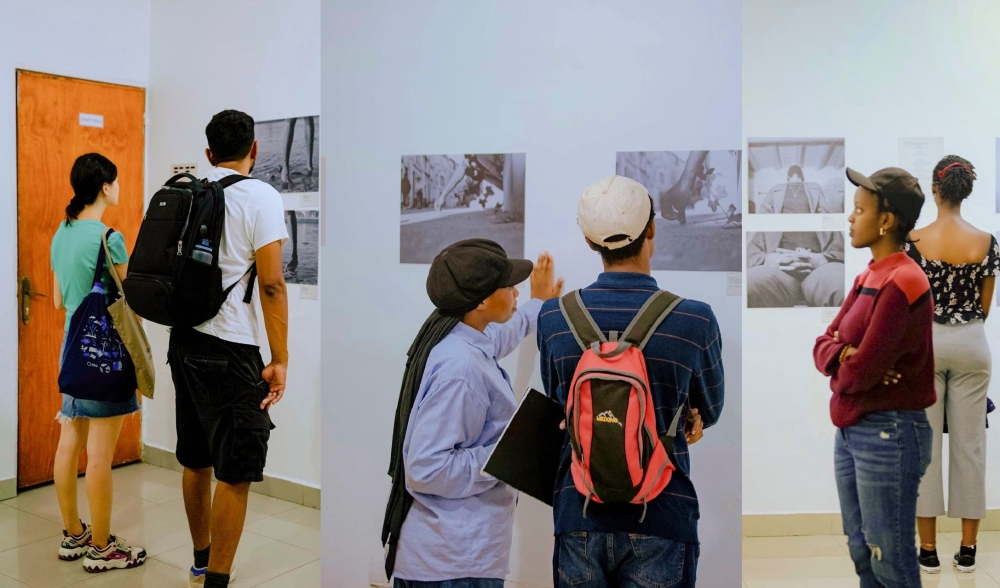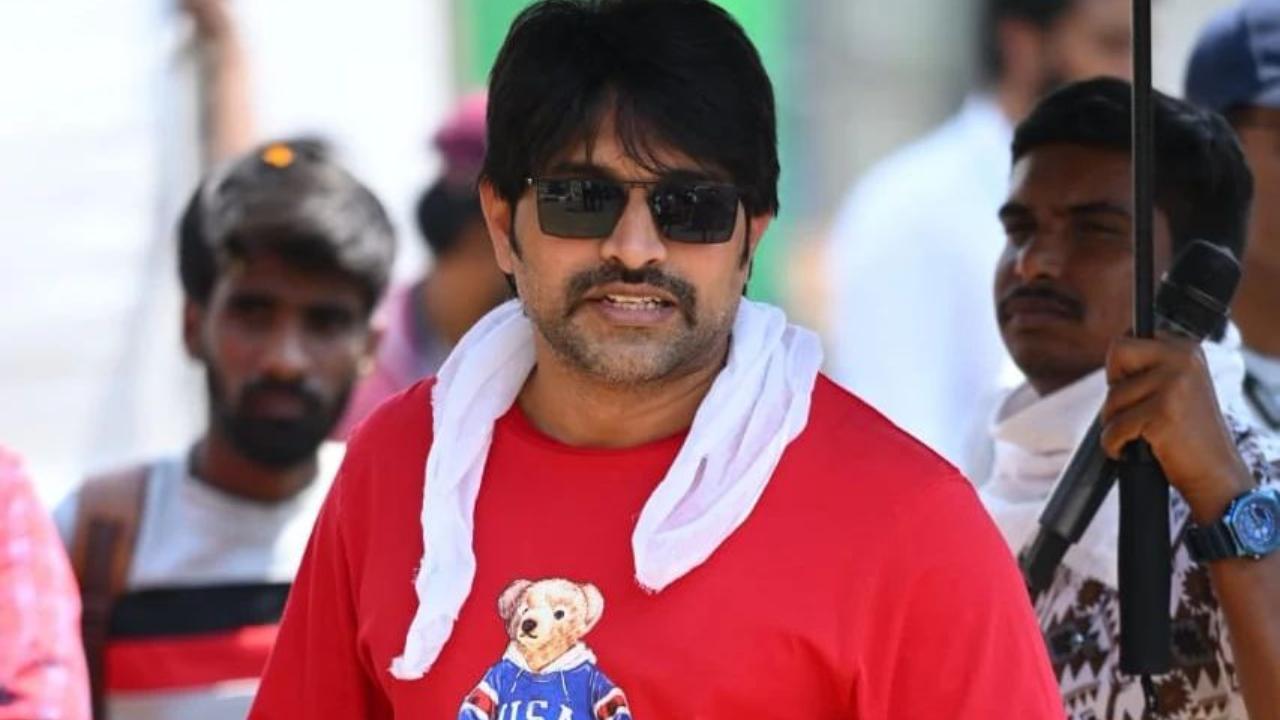
In the introduction to John Berger’s Understanding a Photograph, English critic Geoff Dyer mentions four writers—Roland Barthes, Susan Sontag, John Berger and Walter Benjamin—for whom photography “was an area of special interest, but not a specialism. They approached photography not with the authority of curators or historians of the medium but as essayists, writers. Their writings on the subjects were less the product of accumulated knowledge than active records of how knowledge and understanding had been acquired or was in the process of being acquired.
” What Dyer observed about non-fiction works on photography aptly describes Canadian poet Anne Michaels’ new novel Held. Had Michaels approached structuring this intergenerational saga—from 1908 through 2025—in a conventionally interconnected manner of storytelling instead of supplying vignettes and loosely driven philosophical musings, then it’d be less enriching a book. Held’s intention matches those of the giants’, as they too were attempting to examine and illuminate a ‘gap’ that inevitably presents itself when one is gazing at an event (or a photograph) from a distance of time.

While history can be considered a repository of perspectives disguised as the only story, it’s the specks of memory when rendered with abandon as in the case of this book, without any perverse desire to develop a coherence, that a rupture in record-keeping is revealed. Michaels, whose earlier works have also dealt with themes like history, war, memory and remembering, uses classic, poetic prose throughout this liminal story. The 12 chapters give Held a sense of form.
Still, this hallucinatory novel—as one of its principal characters John notes—is a testament to “the elusiveness of the form”, which is why all the chapters—and the paragraphs that constitute them—unfold multiple stories, which appear as if they are reproduced from a bunch of photographs. There isn’t a whole here; only fragments. In terms of the story, war has shaken something in John.
All this principal protagonist can remember is the seminal meeting with his lover, Helena. But a body needs something to do to make sense of a purpose-shaped hole that enters one’s life, which is why John tries resurrecting his photography business. But somehow ghosts appear whenever he tries to reproduce reality through his negatives.
His assistant, Mr Robert Stanley, though feels this strange phenomenon could be socialised, shared with the public so that the business booms, but John is unsure about the idea of profiting from the dead. This takes one back to the opening sentence of the book: “We know life is finite. Why should we believe death lasts forever?” Unmoored, John finds himself tethered to the past in miraculous ways.
It is captured perfectly in the sentence: “No escape from the pain of faith even in this darkness, even when belief is completely disassembled; if the parts could be fitted back together, would it be a lantern or a gun?” From here, the book gallops, moving back and forth, through decades, time zones and character arcs as effortlessly as waves rise and fall with gravity. While the actions of individuals in the book reveal their psychographics, it’s the metaphysics—both literary and literal—that seep into this book, revealing their minds’ eyes. A way of seeing—“the cloud of possibilities”.
Scientists like Ernest Rutherford, Marie Curie, and Pierre Curie are also present in the narrative, cementing the place of scientific temperament in this novel of great feeling. Love as a form of terror also features in this book often. Especially, when Michaels explores the impact of war and wartime stories in the lives of the grandchildren of the protagonist couple.
It’s where it can be argued that readers may feel they want more from this book. But it doesn’t offer any interconnected strands, what it supplies is a snapshot in all its duality. And, therefore, readers are free to draw whatever meaning they’d like to attach to the recollections.
Sample this: “To the historian, every battlefield is different; to the philosopher, every battlefield is the same.” In the sense that all war stories are civilians’ stories, too, as noted by Viet Thanh Nguyen in his latest A Man of Two Faces: A Memoir, a History, a Memorial. Then, where lies the difference? The distinction lies in Michaels’s hyper-focused narrativisation as a way to reclaim one’s story.
Or as the author writes, “He [John] would understand, later, that there is a moment when your life must become your own; you must claim it from all the other stories you’ve been given, that have been handed down or thrust upon you, or that you’ve been left holding while someone else claimed theirs.” This holding from a distance offers enlightening insights, captures grief, and meditates on a life that one didn’t have access to; instead, one can only aspire to live—as in this book’s case—in fragments. Purely on writerly merits, Michaels is in a league of her own.
.














